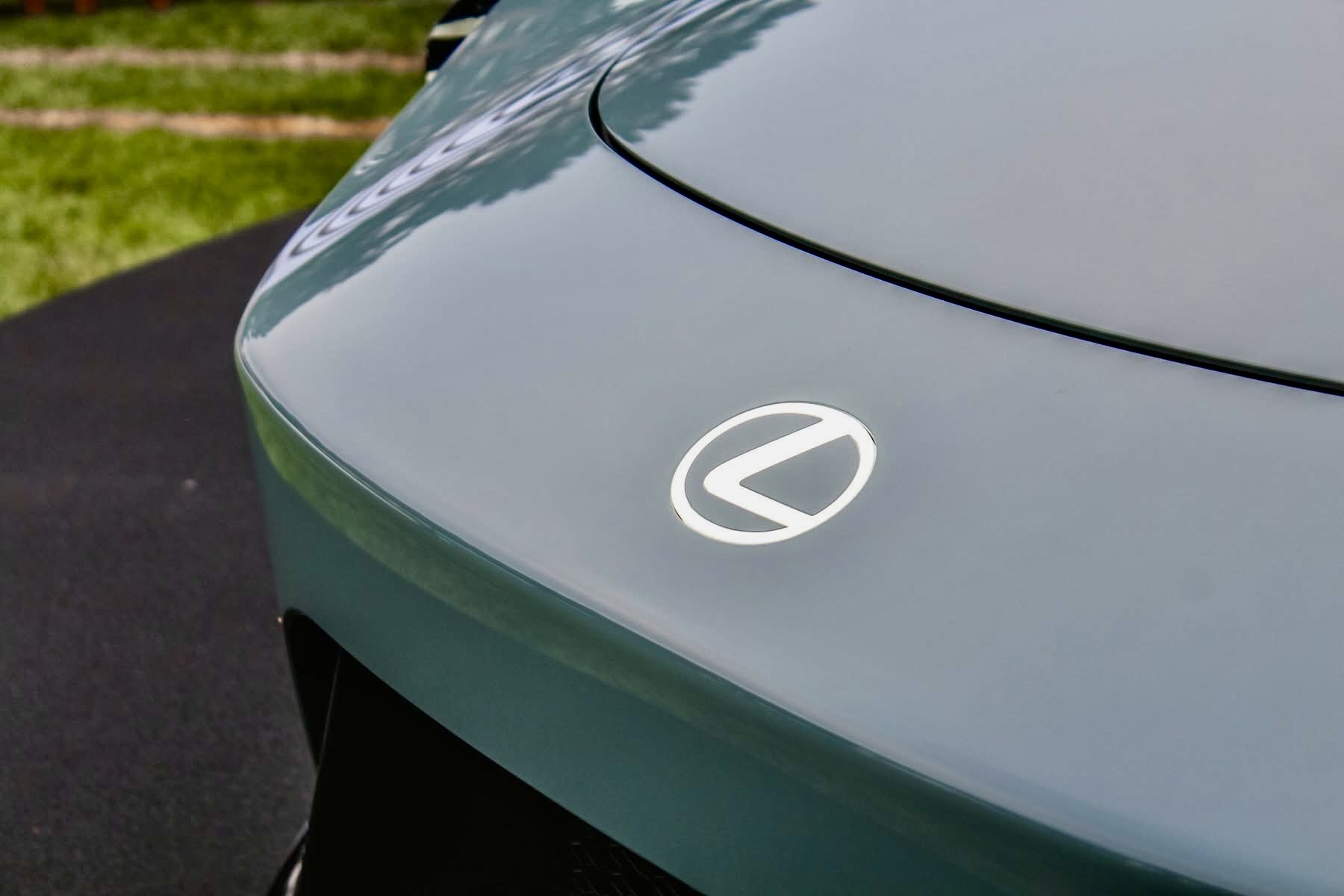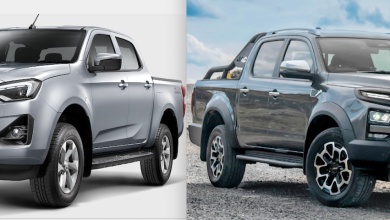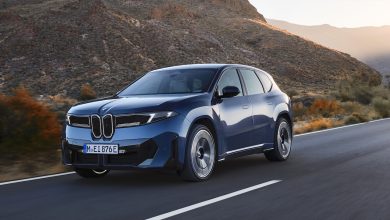Lexus Sport Concept Unveiled With LFA And LC 500 Design Cues
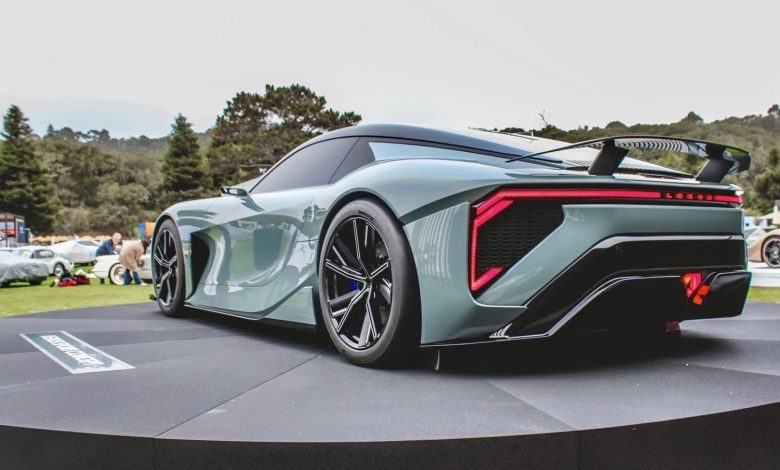
Toyota’s luxury brand Lexus yesterday at the Monterey Car Week, unveiled its all new Sport Concept. This was a preview of what many have been calling the nest generation LFR and it looks like a combination of the LFA and LC500.
No details of its powertrain and the interior was not shown to the public which means it is months away from public launch.
In case you didn’t know this, the Lexus LFA is a thoroughbred supercar, a machine engineered to achieve a single goal – to deliver a supreme driving experience.
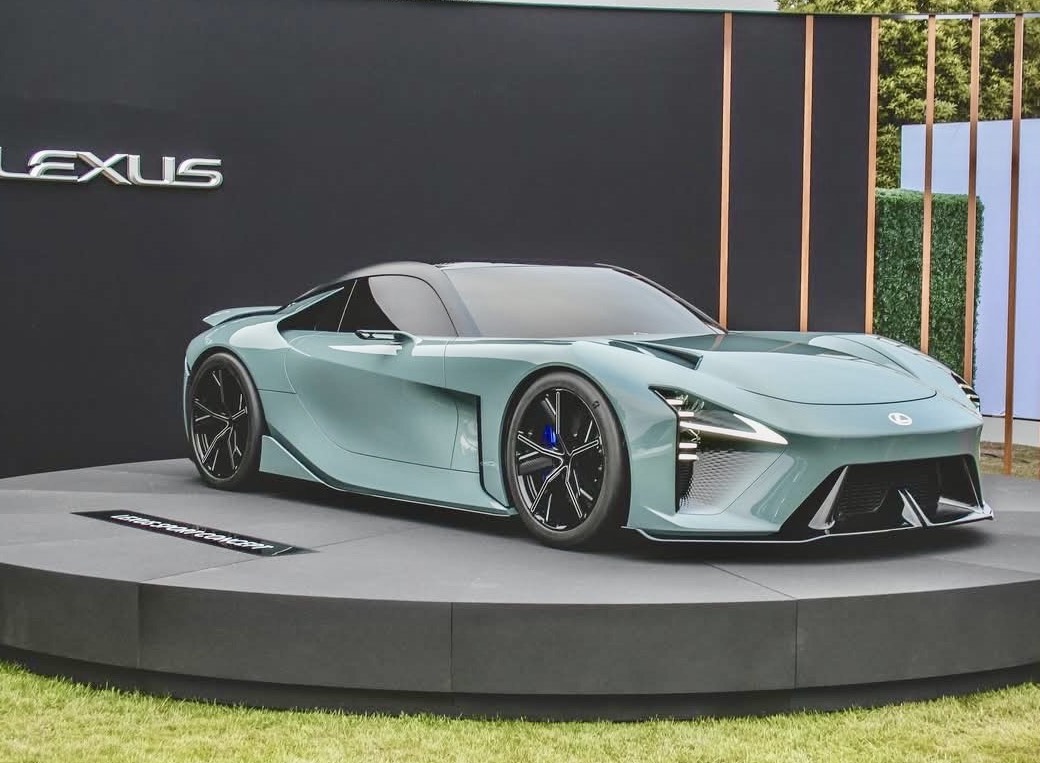
LFA CARBON FIBRE CONSTRUCTION
Keeping the car’s weight to an absolute minimum was one of the defining elements in the development of the Lexus LFA and this led to the decision to switch from using aluminium for the car’s construction to advanced Carbon Fibre Reinforced Plastic (CFRP) for the chassis and bodywork.
Moreover, Lexus decided the CFRP structure should be built in-house rather than by a third-party supplier. In doing so, it drew on Toyota Motor Corporation’s heritage in textile weaving technology to push the boundaries of its technical abilities, developing new carbon fibre looms and a laser system for monitoring the integrity of the material.
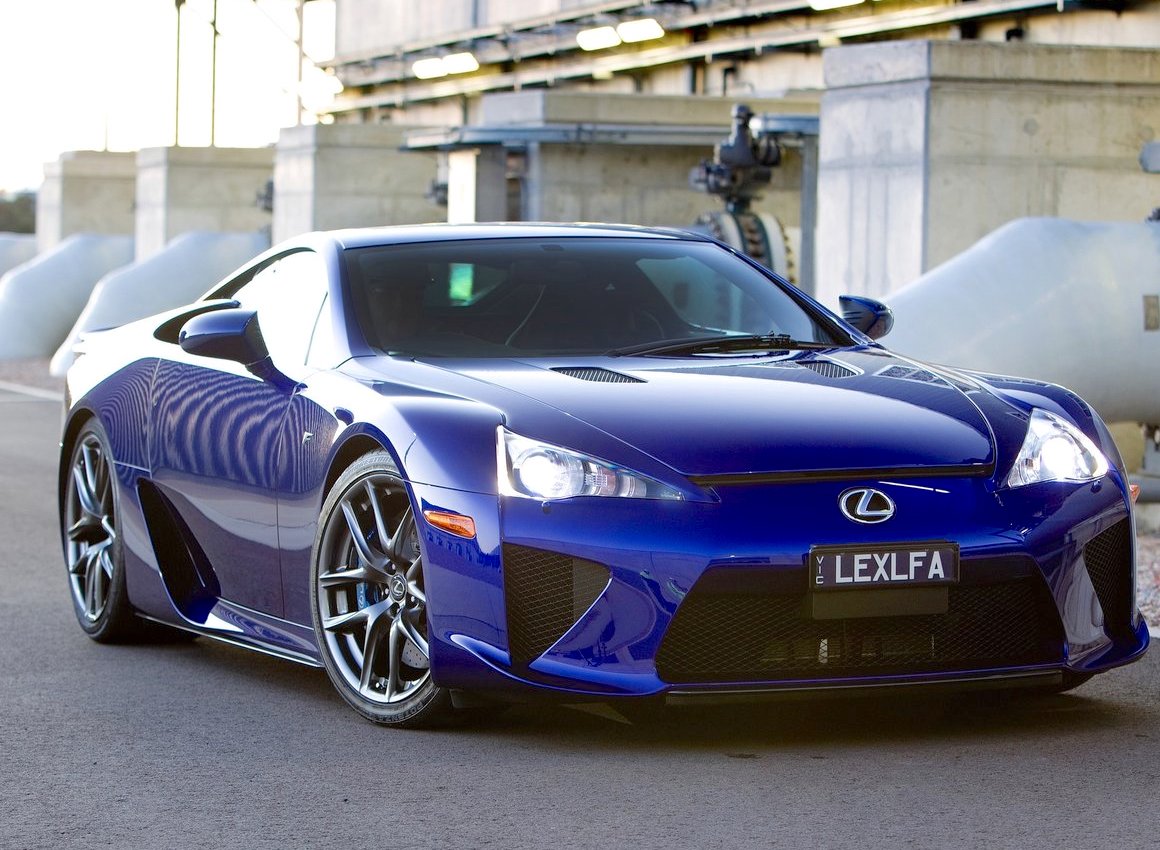
At four times the strength of aluminium, CFRP gives the Lexus LFA an exceptionally stiff and strong structure, and also delivers major weight advantages, saving around 100kg on an equivalent aluminium body. CFRP accounts for 65 per cent of the body-in-white, with aluminium alloy used for the remaining 35 per cent.
Unlike the few other vehicles on the market that use CFRP construction, the Lexus LFA uses the same advanced resin technology favoured by cutting-edge aerospace programmes for its unmatched weight and strength properties.
LFA ENGINE
The heart of the Lexus LFA is a bespoke, naturally aspirated V10 engine that sets new standards for compact dimensions, lightweight architecture and scintillating performance. From the outset it was determined the engine should have a 4,805cc capacity, develop 552bhp and rev to a wailing 9,000rpm red line.
A 72-degree angle between the cylinder heads is ideal for achieving balance in the engine for exceptionally smooth running, while providing individual, electronically controlled throttle bodies for each cylinder gives excellent throttle response.
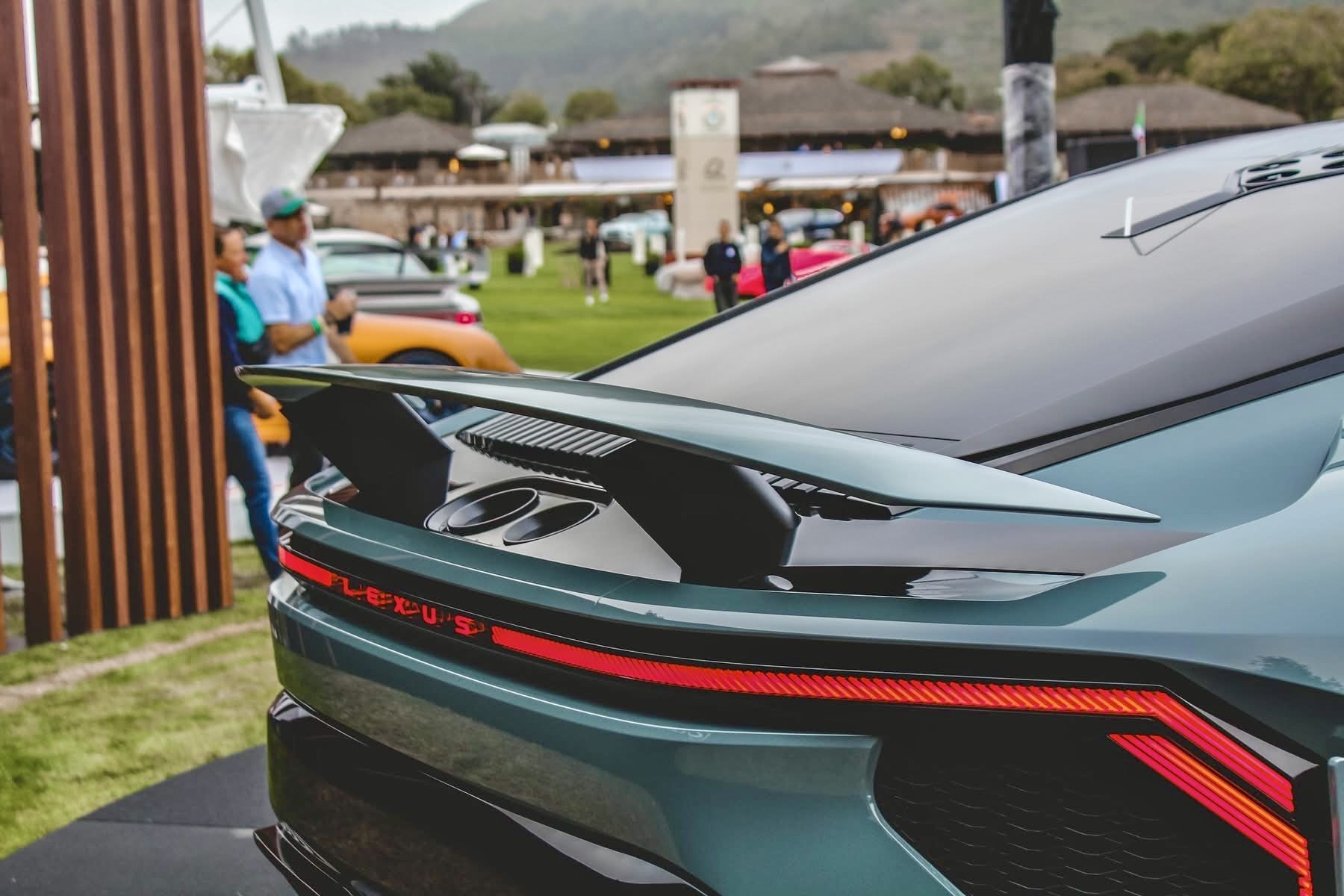
Using a dry sump lubrication system allows the block to be positioned deep in the engine bay, lowering the car’s centre of gravity and moment of inertia, and enabling the engine to handle sustained, high-speed cornering.
The V10 produces 480Nm of torque at 6,800rpm, 90 per cent of which is available from 3,700rpm all the way to the 9,000rpm red line, thanks to Dual VVT-i technology, equal length exhaust manifolds and high-volume, 12-hole fuel injectors. This gives searing in-hear acceleration at all engine speeds and in any gear: nought to 62mph takes just 3.7 seconds and maximum speed is 202mph.
